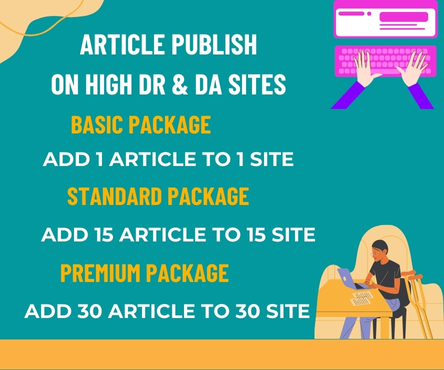In the world of software development, the term “transplant” refers to the process of adapting software designed for one environment or platform to function seamlessly in another. This complex and delicate procedure requires a deep understanding of both the original software and the target environment. In essence, transplant software involves taking an existing software system and modifying it to thrive in a new ecosystem, much like transplanting an organ in the medical field.
Why Transplant Software?
The primary motivation behind transplanting software is to breathe new life into existing systems, allowing them to operate efficiently in modern environments. This approach offers several benefits, including:
- Cost-effectiveness: Developing software from scratch can be a time-consuming and expensive process. Transplanting existing software can significantly reduce costs and accelerate deployment.
- Preserving intellectual property: By adapting existing software, developers can preserve the intellectual property and expertise invested in the original system.
- Improved compatibility: Transplant software enables legacy systems to function in newer environments, ensuring continued support for critical business operations.
The Transplant Process
Transplanting software involves a series of intricate steps:
- Assessment and planning: Developers assess the original software, identifying areas that require modification to ensure compatibility with the target environment.
- Code analysis and refactoring: The existing codebase is analyzed, and necessary changes are made to ensure the software functions correctly in the new environment.
- Integration and testing: The transplanted software is integrated with the new environment, and thorough testing is conducted to ensure seamless functionality.
- Deployment and maintenance: The transplanted software is deployed, and ongoing maintenance is performed to ensure continued compatibility and performance.
Challenges and Considerations
While transplanting software can be a valuable strategy, it’s essential to consider the following challenges:
- Compatibility issues: Integrating software designed for one environment into another can lead to compatibility problems, requiring careful planning and execution.
- System dependencies: Transplanted software may rely on specific dependencies or libraries, which must be addressed during the adaptation process.
- Performance optimization: The transplanted software may require optimization to ensure optimal performance in the new environment.
Real-World Applications
Transplant software has numerous applications across various industries:
- Legacy system modernization: Companies can update outdated systems to work with modern infrastructure, extending their lifespan and reducing maintenance costs.
- Cross-platform development: Software can be transplanted to function on multiple platforms, expanding its reach and user base.
- Cloud migration: Existing software can be adapted to operate in cloud environments, leveraging the benefits of scalability and flexibility.
In conclusion, transplant software is a complex and nuanced process that requires careful planning, expertise, and attention to detail. By understanding the benefits and challenges associated with transplanting software, developers can breathe new life into existing systems, ensuring they continue to thrive in modern environments. As technology continues to evolve, the art of transplant software will play an increasingly important role in preserving intellectual property, improving compatibility, and driving innovation.

